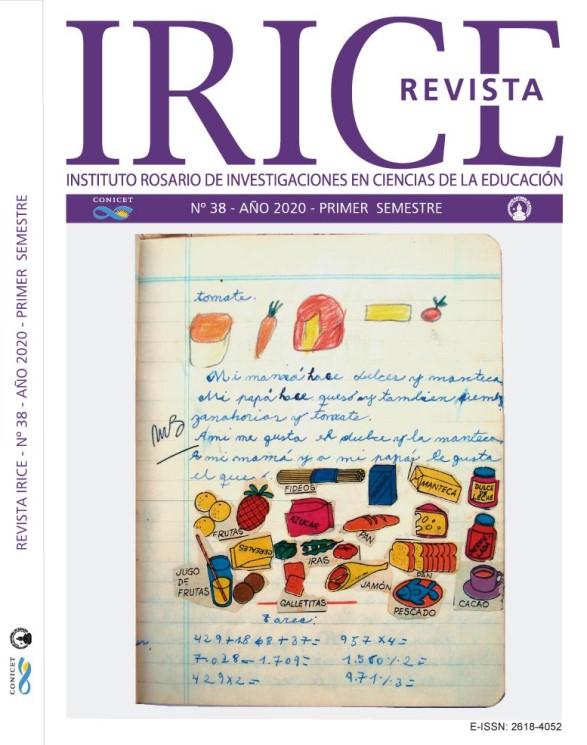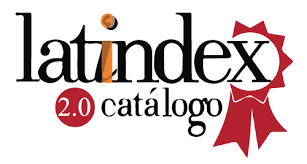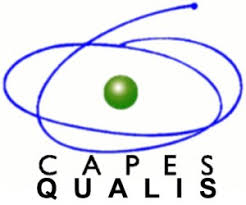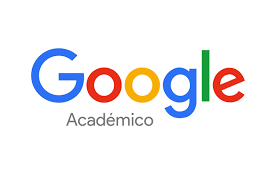Critical questioning skills of bilingual children
DOI:
https://doi.org/10.35305/revistairice.vi38.1312Palavras-chave:
bilingualism, young learners, critical questioningResumo
This study reports the critical questioning skills of monolingual and bilingual children aged between 5 and 6. By examining their questions, this research employs Bloom’s critical questioning paradigm to explore whether monolinguals or bilinguals are better at generating critical thinking questions on two stories, one of which is about the forgetful girl and the other is about the snail yearning for the things he does not possess. The findings have implications for teacher educators working with pre-school monolinguals and bilinguals, since bilinguals outperform monolinguals in the story of the forgetful girl whereas monolinguals outperform bilinguals about the story of a snail, which leads to the idea that monolinguals are better at abstract thinking and bilinguals are better at overall higher critical questioning.
Downloads
Referências
Andreou, G., & Karapetsas, A. (2004). Verbal abilities in low and highly proficient bilinguals. Journal of Psycholinguistic Research, 33(5), 357-365.
Ausubel, D. P., Ives, S. W., & O'Sullivan, E. V. (1980). Theory and problems of child development. New York: Grune & Stratton.
Balkan, L. (1970). Les effets du bilinguisme francais-anglais sur les aptitudes intellectuelles. Bruxelles: Aimav.
Barac, R., Bilaystok, E., Castro, D., & Sanchez, M. (2014). The cognitive development of young dual language learners: A critical review. Early Childhood Research Quarter, 29, 699-714.
Barden, L. M. (1995). Effective questioning and the ever-elusive higher-order question. The American Biology Teacher, 57(7), 423-426.
Ben-Zeev, S. (1977). Mechanisms by which childhood bilingualism affects understanding of language and cognitive structures. In P. A. Hornby (Ed.), Bilingualism: Psychological, social, and educational implications (pp. 29-55). New York: Academic Press.
Bialystok, E. (1986). Factors in the growth of linguistic awareness. Child Development, 57, 498-510.
Bialystok, E. (2009). Claiming evidence from non-evidence: A reply to Morton and Harper. Developmental Science, 12, 499-501.
Bialystok, E., Luk, G., Peets, K. F., & Yang, S. (2010). Receptive vocabulary differences in monolingual and bilingual children. Bilingualism: Language and Cognition, 13, 525-531.
Blom, E., Küntay, A. C., Messer, M., Verhagen, J., & Leseman, P. (2014). The Benefits of Being Bilingual: Working Memory in Bilingual Turkish-Dutch Children. Journal of Experimental Child Psychology, 128,105-119. https://doi.org/10.1016/j.jecp.2014.06.007
Byers-Heinlein, K., Burns, T. F., & Werker, J. F. (2010). The roots of bilingualism in newborns. Psychological Science, 21, 343-348.
Cassidy, C. (2007). Thinking children. London: Continuum.
Cassidy, C., & Christie, D. (2013). Philosophy with children: talking, thinking and learning together. Early Child Development and Care, 183(8), 1072-1083. doi:10.1080/03004430.2013.773509
Cromdal, J. (1999). Childhood bilingualism and metalinguistic skills: Analysis and control in young Swedish English bilinguals. Applied Psycholinguistics, 20, 1-20.
Cummins, J. (1976). The Influence of Bilingualism on Cognitive Growth: A Synthesis of Research Findings and Explanatory Hypotheses. Working Papers on Bilingualism, 9, 1-43.
Cummins, J., & Gulutsan, M. (1974). Bilingual education and cognition. Alberta Journal of Educational Research, 20, 259-269.
Curtin, S. A., Byers-Heinlein, K., & Werker, J. F. (2011). Bilingual beginnings as a lens for theory development: PRIMIR in focus. Journal of Phonetics, 39(4), 492-504.
Diaz, R. M. (1983). Thought and two languages: the ımpact of bilingualism on cognitive development. Review of Research in Education, 10, 23-54.
Diaz, R. M. (1985). Bilingual cognitive development: Addressing three gaps in current research. Child Development, 56, 1376-1378.
Ganschow, L., & Sparks, R. (1991). A screening instrument for the identification of foreign language learning problems. Foreign Language Annals, 24, 383-398.
Ganschow, L., & Sparks, R. (1995). Effects of direct instruction in Spanish phonology on the native language skills and foreign language aptitude of at risk foreign language learners. Journal of Learning Disabilities, 28, 107-120.
Hakuta, K., Friedman, B. M., & Diaz, R. M. (1987). Bilingualism and cognitive development: Three perspectives. In S. Rosenberg (Ed.), Advances in Applied Psycholinguistics:Reading, Writing and Language Learning (Vol. 2, pp. 284-319). New York: Cambridge University Press.
Hamers, F. J., & Blanc, H. M. (1989). Bilinguality and cognitive development. In J. F. Hamers & H. M. Blanc (Eds.), Bilinguality and Bilingualism. Cambridge: Cambridge University Press.
Karapetsas, A., & Andreou, G. (1999). Cognitive development of fluent and nonfluent bilingual speakers assessed with tachistoscopic techniques. Psychological Reports, 84, 697-700.
Karapetsas, A., & Andreou, G. (2001). Visual field asymmetries for rhyme and semantic tasks. Brain and Language, 78, 53-61.
Lipman, M. (2003). Thinking in education (2nd ed.). New York: Cambridge University Press.
Lukasik, K. M., Lehtonen, M., Soveri, A., Waris, O., Jylkka, J., & Laine, M. (2018). Bilingualism and working memory performance: Evidence from a large-scale online study. PLoSONE, 13(11), e0205916. https://doi.org/10.1371/journal. pone.0205916
McCall, C. (2009). Transforming thinking: Philosophical inquiry in the primary and secondary classroom. London: Routledge.
Oller, D. K., Pearson, B. Z., & Cobo-Lewis, A. B. (2007). Profile effects in early bilingual language and literacy. Applied Psycholinguistics, 28, 191-230.
Pardales, M. J., & Girod, M. (2006). Community of inquiry: Its past and present future. Educational Philosophy and Theory, 38, 299-309.
Peal, E., & Lambert, W. E. (1962). The relation of bilingualism to intelligence. Psychological Monographs: General and Applied, 76(27), 1-23.
Ricciardelli, L. A. (1992). Bilingualism and cognitive development in relation to threshold theory. Journal of Psycholinguistic Research, 21, 301-316.
Siegal, M., & Surian, L. (2007). Conversational understanding in young children. In E. Hoff & M. Shatz (Eds.), Blackwell handbook of language development (pp. 304–323). Oxford, UK: Blackwell.
Sparks, R., & Ganschow, L. (1991). Foreign language learning difficulties: Affective or native language aptitude differences? Modern Language Journal, 75, 3-16.
Sparks, R., & Ganschow, L. (1993). Searching for the cognitive locus of foreign language learning problems: Linking first and second language learning. Modern Language Journal, 77, 289-302.
Sparks, R., Ganschow, L., & Pohlman, J. (1989). Linguistic coding deficits in foreign language learners. Annals of Dyslexia, 39, 179-195.
Stukova, I. (2017). Bedtime story for children: The little snail. Retrieved from https://www.goodreads.com/book/show/34618767-bedtime-story-for-children
Walsh, R. L., & Kemp, C. (2013). Evaluating interventions for young gifted children using single-subject methodology. Gifted Child Quarterly, 57(2),110-120.
Werker, J. F., & Byers-Heinlein, K. (2008). Bilingualism in infancy: First steps in perception and comprehension.Trends in Cognitive Sciences, 12, 144-151.
Williams, F. E. (1972). Total creativity program for individualizing and humanizing the learning process. N.J.: Educational Technology.
Downloads
Publicado
Como Citar
Edição
Seção
Licença
Copyright (c) 2020 Feryal Cubukcu, Vesile Yildiz Demirtaş

Este trabalho está licenciado sob uma licença Creative Commons Attribution-NonCommercial-ShareAlike 4.0 International License.
Aqueles autores/as que tenham publicações nesta revista aceitam os seguintes termos:
Os autores/as conservarão seus direitos autorais e garantirão à revista o direito de primeira publicação de sua obra, a qual estará simultaneamente sujeita à Licença Creative Commons Atribuição-NãoComercial-CompartilhamentoIgual 4.0.
Os autores/as poderão firmar outros acordos de licença de distribuição não exclusiva da versão da obra publicada (por exemplo: depositá-la em um repositório institucional ou publicá-la em um volume monográfico), desde que seja indicada a publicação inicial nesta revista.
É permitido e recomendado aos autores/as divulgar sua obra na Internet (por exemplo: em repositórios institucionais ou em sua página pessoal) antes e durante o processo de submissão, o que pode gerar intercâmbios interessantes e aumentar as citações da obra publicada. (Veja O efeito do acesso aberto).





















